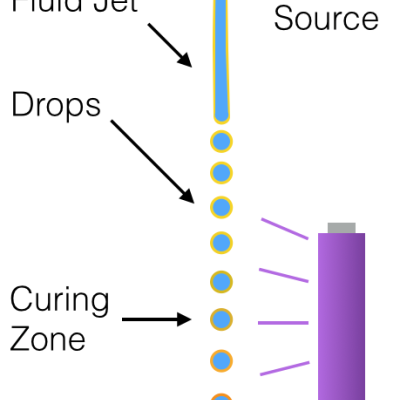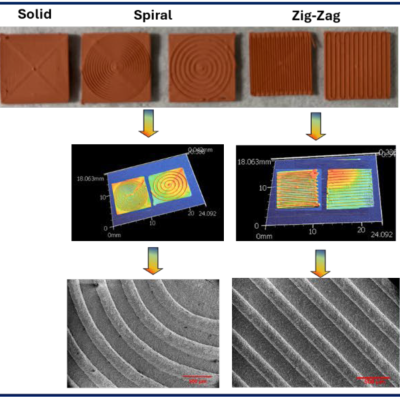LLNL researchers has developed a composite copper current collector formulation readily used in DIW 3D printing to guide lithium-ion plating/dissolution during charging and discharging cycles.
Keywords
- Show all (108)
- Additive Manufacturing (54)
- 3D Printing (8)
- Electric Grid (7)
- Carbon Utilization (6)
- Synthesis and Processing (5)
- Materials for Energy Products (4)
- Direct Air Capture (3)
- Manufacturing Automation (3)
- Manufacturing Improvements (2)
- Power Electronics (2)
- Volumetric Additive Manufacturing (2)
- Additively Manufactured (AM) Optics (1)
- Geologic Storage (1)
- Inertial Confinement Fusion (ICF) (1)
- Manufacturing Simulation (1)
- Material Design (1)
- Precision Engineering (1)
- (-) Microfabrication (3)
- (-) Inertial Fusion Energy (IFE) (2)
- (-) Membranes (1)
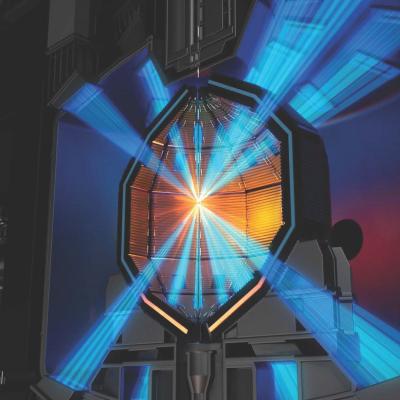
LLNL researchers have developed additive manufactured fuel targets for IFE. They have been successful in using TPL to fabricate low density (down to 60 mg/cm3) and low atomic number (CHO) polymeric foams for potential targets, and some have been tested at the OMEGA Laser Facility. With TPL, LLNL researchers have also been able to fabricate a full fuel capsule with diameter of ~ 5mm or…
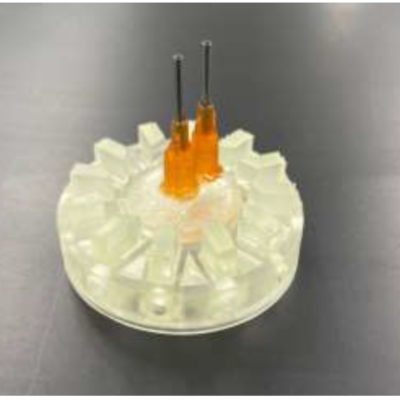
This invention focuses on the design of a fully interchangeable hub-droplet device apparatus for multiple droplet generation in parallel. The novel central hub combined with interchangeable chip configuration allows the use of different planar droplet generation devices that can be replaced and exchanged as needed. By separating the central housing hub which distributes incoming liquids into…
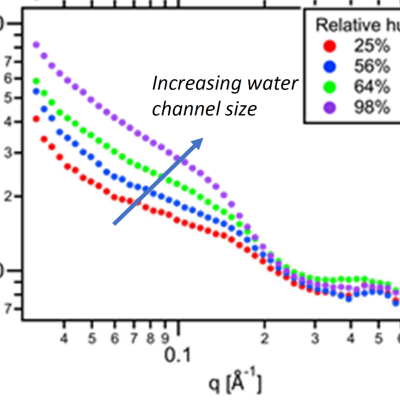
LLNL researchers have developed a method to enhance the performance of polyelectrolyte membranes by using a humidity-controlled crosslinking process which can be applied to precisely adjust the water channels of the membrane.

This invention configures multiple spherical substrate targets to roll independently of one another. The spheres’ rolling motion is deliberately randomized to promote uniform coating while eliminating the interaction (rubbing, sliding) of adjacent spheres that is present in conventional sphere coating designs. The devices’ novel structure features enable the collimation of depositing…
